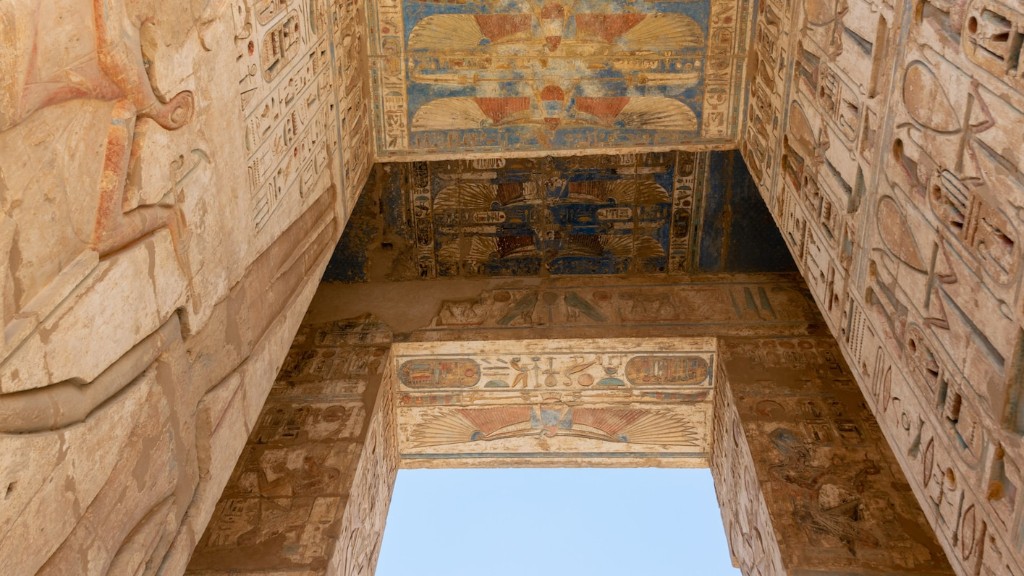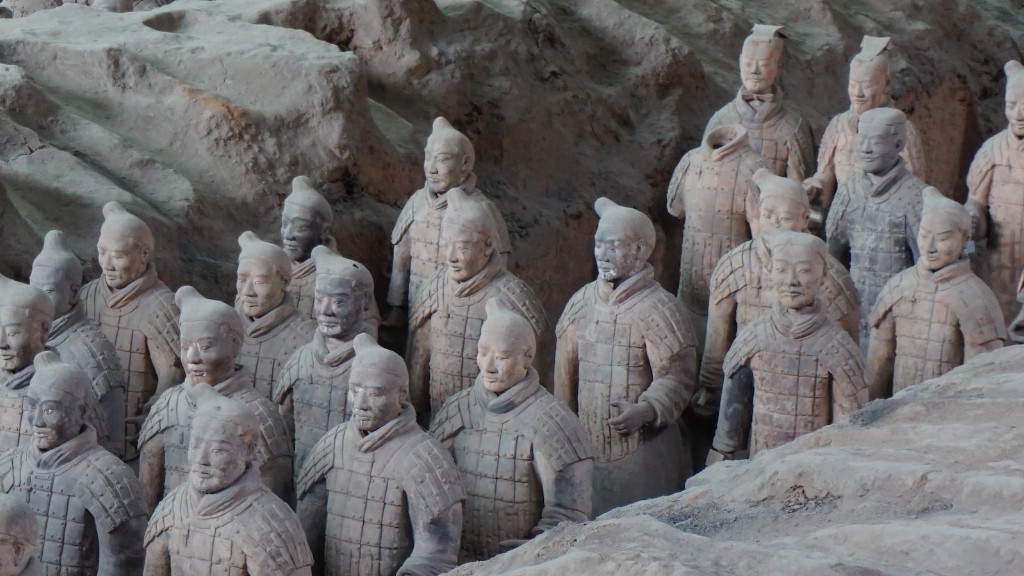A major reason for the decline of ancient Rome was the combination of internal and external factors that gradually weakened the once mighty empire. This decline, which took several centuries to unfold, was the result of a complex interplay of economic, social, political, and military factors. Understanding these factors is crucial to unraveling the mystery of Rome’s decline and collapse.
Internal Factors:
Economic Challenges
One of the key internal factors that contributed to the decline of Rome was economic instability. Rome, at its peak, had a vast and thriving economy fueled by conquests, trade, and slavery. However, as the empire expanded and became increasingly globalized, it faced mounting economic challenges.
The reliance on slave labor led to social and economic inequalities, as the vast majority of the population had no means of gaining wealth or improving their social status. This inequality, combined with the decline in agricultural productivity and the increasing costs of maintaining the empire, put a significant strain on the Roman economy.
Add to that the rampant corruption within the Roman bureaucracy, under the weight of which the state struggled, making it difficult to collect taxes efficiently and to fund the military and infrastructure projects. As a result, Rome faced frequent fiscal crises, leading to inflation, currency devaluation, and declining purchasing power.
Social Deterioration
The decline of Rome was also marked by a gradual breakdown in social order and values that had once held the empire together. As the gap between the rich and poor widened, social unrest and political instability increased. The lower classes, struggling to survive amidst economic hardships, became increasingly disillusioned with the ruling elite and their extravagant lifestyle.
The erosion of traditional Roman values, such as honor, loyalty, and duty, also played a significant role in the decline. Moral degradation, exemplified by widespread corruption, hedonism, and the collapse of the family structure, undermined the social fabric of the empire. Rome, once known for its disciplined and virtuous citizens, was now plagued by decadence and moral decay.
External Factors:
Barbarian Invasions
While internal factors were undoubtedly crucial in Rome’s decline, external pressures from barbarian invasions further weakened the empire. Throughout the centuries, Rome had faced intermittent attacks from various barbarian tribes on its borders, but its military prowess and strong defensive measures had largely kept these invasions at bay.
However, as the empire’s military and economic power declined, it became increasingly difficult to repel the incessant waves of invaders. The crucial Battle of Adrianople in 378 AD, where the Visigoths decisively defeated the Roman army, marked a significant turning point. It showed that the once-mighty Roman legions were no longer invincible.
The successive barbarian invasions put additional strain on the empire’s already weakened resources. Rome faced the challenge of defending its vast borders, stretching from Britain to the Middle East, against an increasing number of powerful and determined foes. The constant warfare and the need for large armies depleted the empire’s coffers and weakened its ability to govern effectively.
Political Instability
Political instability was another crucial external factor that contributed to Rome’s decline. The empire saw a series of weak and ineffective emperors, civil wars, and power struggles, which weakened the central authority and led to fragmentation.
The decline of the Roman Republic and the rise of the emperors marked a significant shift in the political landscape. While the emperors initially brought stability and effective governance, the succession of weak and incompetent leaders resulted in a power vacuum and paved the way for political instability. Local elites and military leaders often vied for power, leading to a cycle of coups, assassinations, and civil wars that further undermined Rome’s strength and unity.
The Fall of Rome
The decline of ancient Rome was a long and complex process marked by various internal and external factors. The economic challenges and social deterioration weakened the empire from within, while barbarian invasions and political instability delivered the final blows.
Like a finely woven tapestry, Rome’s decline was the result of multiple threads coming together to unravel the grandeur of the empire. Each thread represented a contributing factor, and it was the combination of these threads that ultimately led to the fall of ancient Rome.
Understanding the lessons of Rome’s decline is crucial in the study of history and the examination of contemporary societies. By analyzing the complex interplay of factors that led to Rome’s collapse, we gain insights into the vulnerabilities and challenges faced by any civilization.



